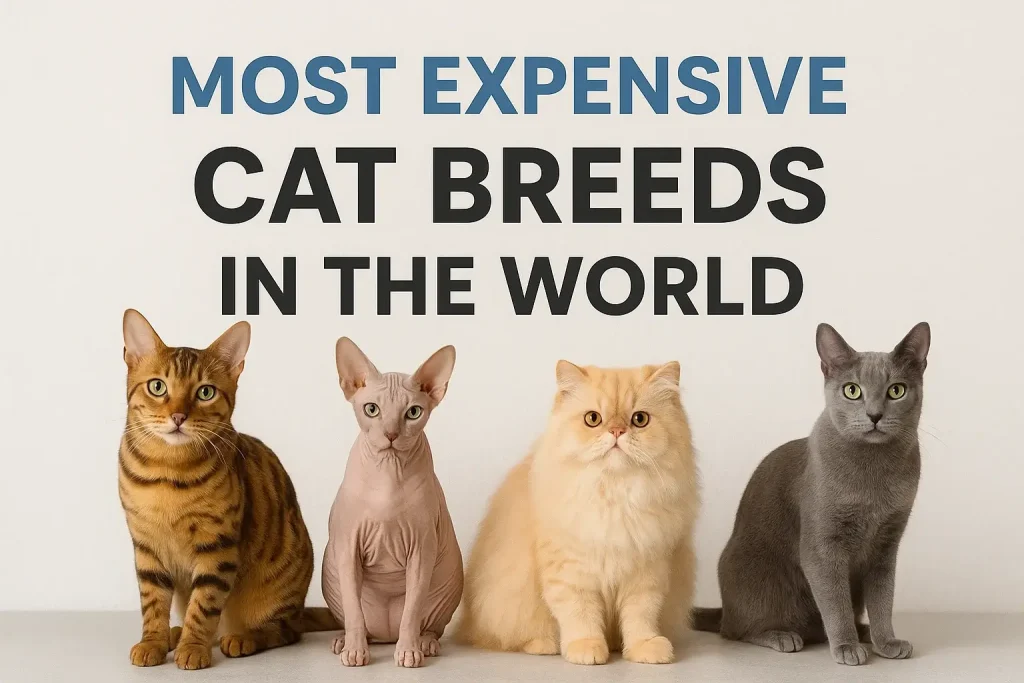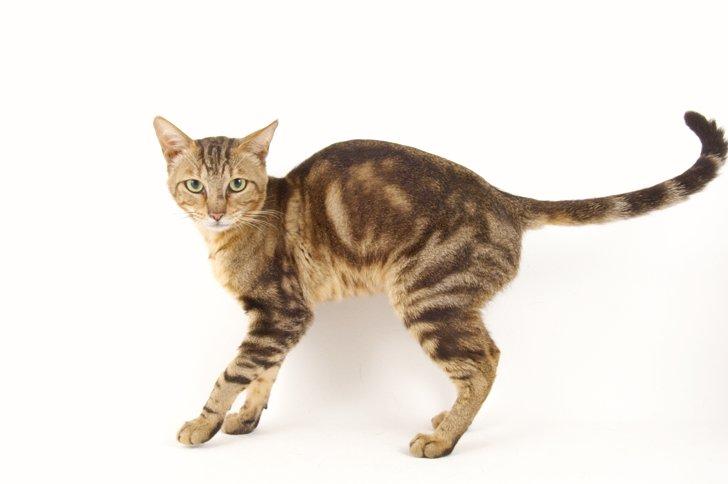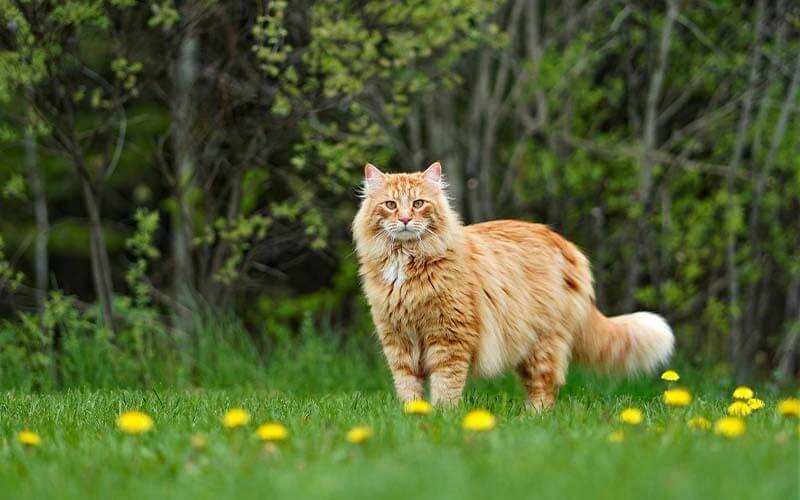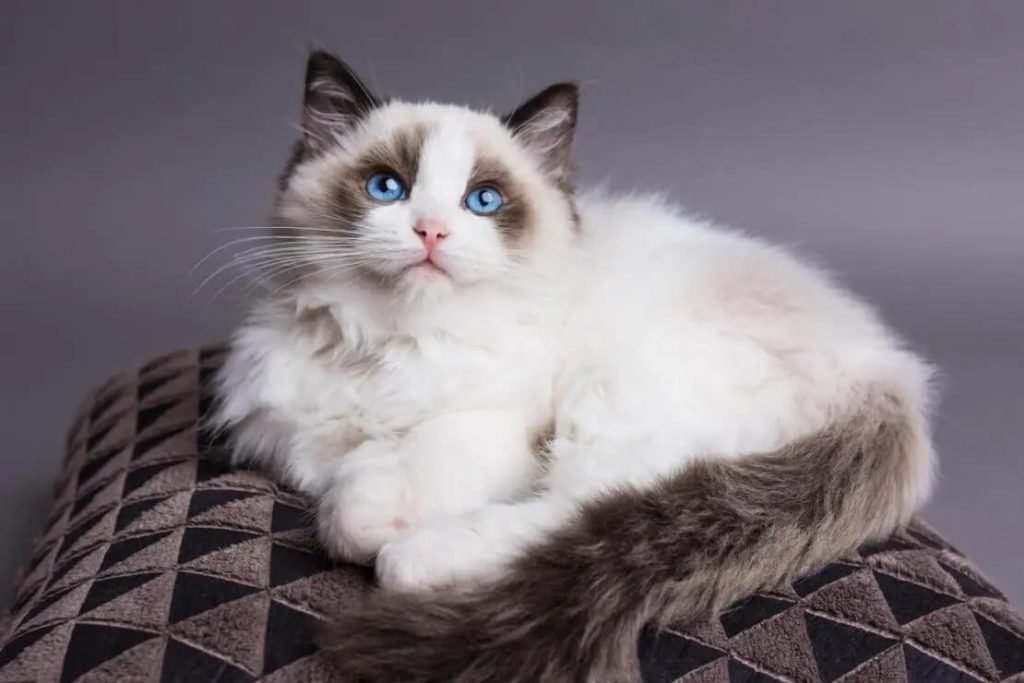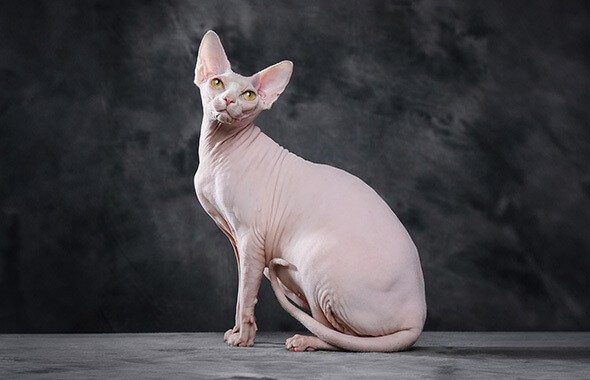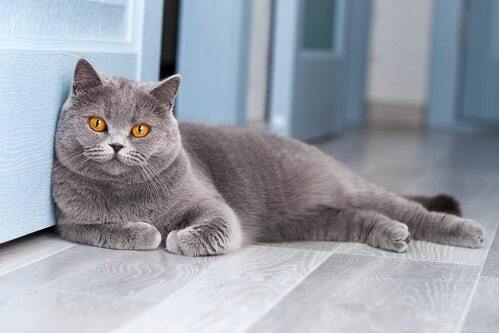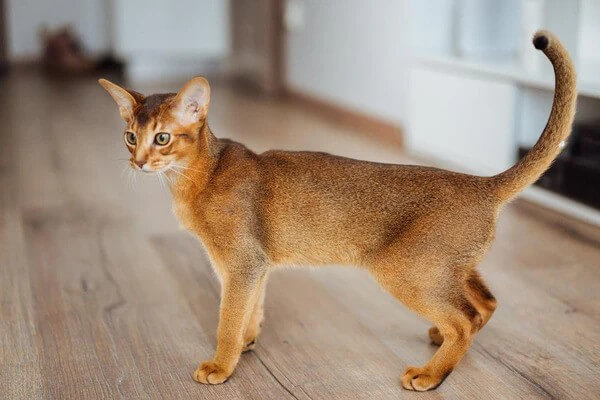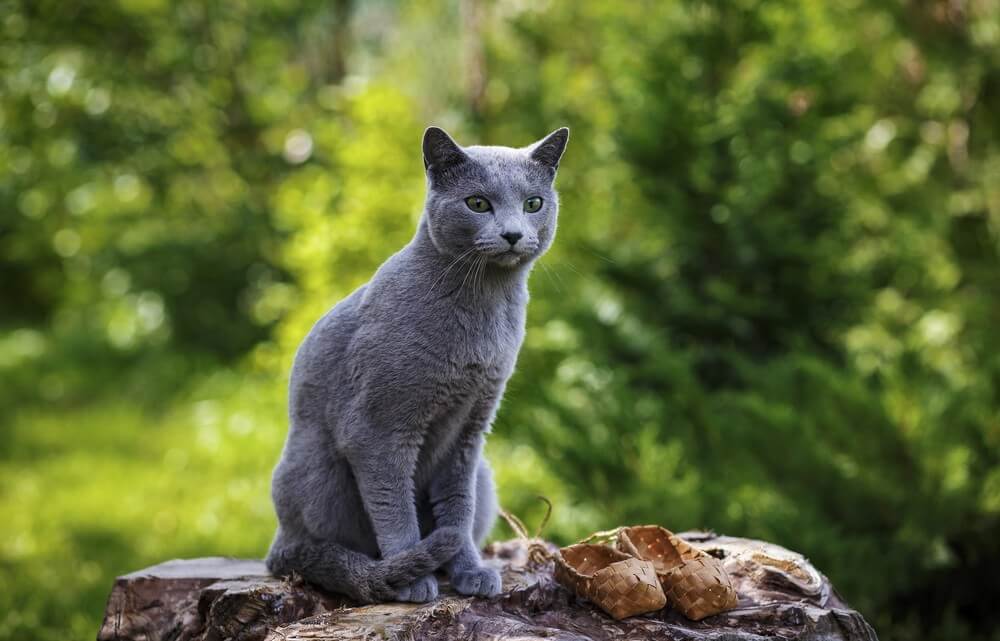Cats bring comfort, joy, and companionship to millions of homes worldwide. Some breeds, however, are known for their rarity, beauty, and the care involved in breeding them responsibly. This article explores the most expensive cat breeds in the world — not as luxury possessions, but as remarkable feline companions deserving of love and respect.
1. Ashera
The Ashera is often described as one of the rarest and most expensive cats in the world. Thought to be a hybrid of an African Serval, an Asian Leopard Cat, and a domestic breed, it has a strikingly wild look. However, because of controversies surrounding its true origins, anyone interested should approach with care and prioritize transparency and welfare over prestige. These cats need experienced, attentive caregivers who can provide enrichment and affection.
2. Savannah Cat
The Savannah cat is a cross between a Serval and a domestic cat. Its cost varies depending on how closely related it is to its wild ancestor. Early-generation Savannahs (F1 or F2) are larger, more energetic, and can cost tens of thousands of dollars. They thrive best in spacious, enriched environments and with caregivers who understand their high intelligence and playful energy.
3. Bengal Cat
The Bengal cat shines with its shimmering coat, patterned like a small leopard. Beyond its stunning look, Bengals are active, curious, and affectionate. High-quality Bengals from ethical breeders — especially with rare colors — can be quite costly. They need plenty of interaction and mental stimulation, making them wonderful companions for families who enjoy active, social pets.
4. Persian Cat
The Persian cat has long been admired for its flowing coat and calm, affectionate personality. Persians from champion lineages can be expensive because of the care and dedication needed to meet breed standards. Their beauty comes with responsibility — daily grooming and regular health check-ups are essential to keep them comfortable and healthy.
5. Sphynx Cat
The Sphynx is instantly recognizable for its hairless body and big-hearted personality. These cats are highly social, love human connection, and often follow their companions from room to room. Their skin requires regular gentle care to stay clean and comfortable. The Sphynx’s unique look and affectionate nature make it one of the world’s most cherished (and expensive) cat breeds.
6. Russian Blue
The Russian Blue is admired for its silvery-blue coat and striking green eyes. Calm, intelligent, and loyal, this breed is perfect for people who value gentle companionship. Well-bred Russian Blues can be expensive due to selective breeding and their serene, elegant beauty.
7. Scottish Fold
The Scottish Fold is famous for its folded ears, giving it an irresistibly sweet, owl-like look. Because the gene responsible for folded ears can also affect bone health, responsible breeders focus on welfare and ethical practices above all. These cats are loving, gentle, and enjoy quiet homes where they receive steady affection.
8. Peterbald
The Peterbald is a sleek, modern Russian breed that can be hairless or covered in a fine peach-like fuzz. Known for its grace and affectionate personality, this breed loves human company and adapts well to family life. Their rarity and careful breeding make them one of the costlier breeds to adopt.
9. Egyptian Mau
The Egyptian Mau is a naturally spotted cat, often described as the fastest domestic breed. With its expressive eyes and elegant stride, it carries a piece of feline history in every movement. The silver variety is especially prized. Maus are affectionate and loyal to their families but may be reserved around new people, which only adds to their mystique.
Why Are These Cats So Expensive?
The high cost of these cats comes from several factors:
- Rarity: Some breeds are exceptionally hard to find or breed ethically.
- Responsible breeding: Health testing, high-quality nutrition, and professional veterinary care increase costs.
- Pedigree and show quality: Cats that meet high standards or come from champion lines are more valuable.
- Care requirements: Many breeds need specialized grooming, diets, or environments.
- Ethical oversight: Reputable breeders prioritize welfare, transparency, and socialization before sale.
Considering Long-Term Care
When adopting or purchasing one of the most expensive cat breeds in the world, the initial price is only part of the commitment. Ongoing care costs may include:
- High-quality food and regular veterinary visits
- Grooming tools and professional grooming sessions
- Safe indoor enrichment (climbing trees, toys, scratch posts)
- Pet insurance and preventive health care
Providing a safe, loving environment is the most valuable investment a caregiver can make.
Choosing an Ethical Breeder or Rescue Organization
For those seeking a pedigreed cat, it’s essential to support breeders who prioritize welfare and transparency. Look for:
- Health certifications for both parent cats and kittens
- Evidence of ethical breeding practices and socialization
- Clean, spacious environments with proper veterinary care
- Openness to questions about lineage and care needs
Alternatively, consider adopting through a rescue specializing in pedigreed or hybrid cats. Many loving cats need homes regardless of price or pedigree.
Final Thoughts
The most expensive cat breeds in the world are captivating not just for their looks, but for the bond they create with humans. True luxury in cat companionship lies not in price, but in compassion, care, and the deep joy of sharing life with a sentient being. Whether your companion is a Persian, a Bengal, or a rescued mixed-breed cat, each one deserves the same respect, love, and kindness.
FAQs
1. Are expensive cats healthier than others?
Not always. While ethical breeders invest in health testing, well-being depends on lifelong care, diet, and attention, not just price.
2. Are hybrid cats like Savannahs or Bengals legal everywhere?
Some regions regulate or restrict ownership of hybrid breeds. Always check local laws before adopting one.
3. Can I adopt an expensive breed instead of buying?
Yes. Many rescues and rehoming organizations work specifically with purebred or hybrid cats in need of homes.
4. What should I ask before adopting or buying?
Ask about health records, socialization practices, and parent backgrounds. Ethical breeders or rescues are transparent and supportive.
5. What’s the best way to care for these cats long-term?
Offer regular veterinary care, emotional attention, and safe indoor spaces. All cats, regardless of price, thrive on love and understanding.
